Exploring the animal kingdom opens our eyes to the immense diversity of life on Earth. From habitats sprawling the dense rainforests to the vast savannas, nature hosts an array of intriguing creatures, some familiar and others less known. In this article, we dive into the fascinating world of animals that star with the letter ‘H’. Whether you’re a dedicated animal lover or just a curious reader, get ready to meet some of the most interesting wildlife that call our planet home.
Hedgehog
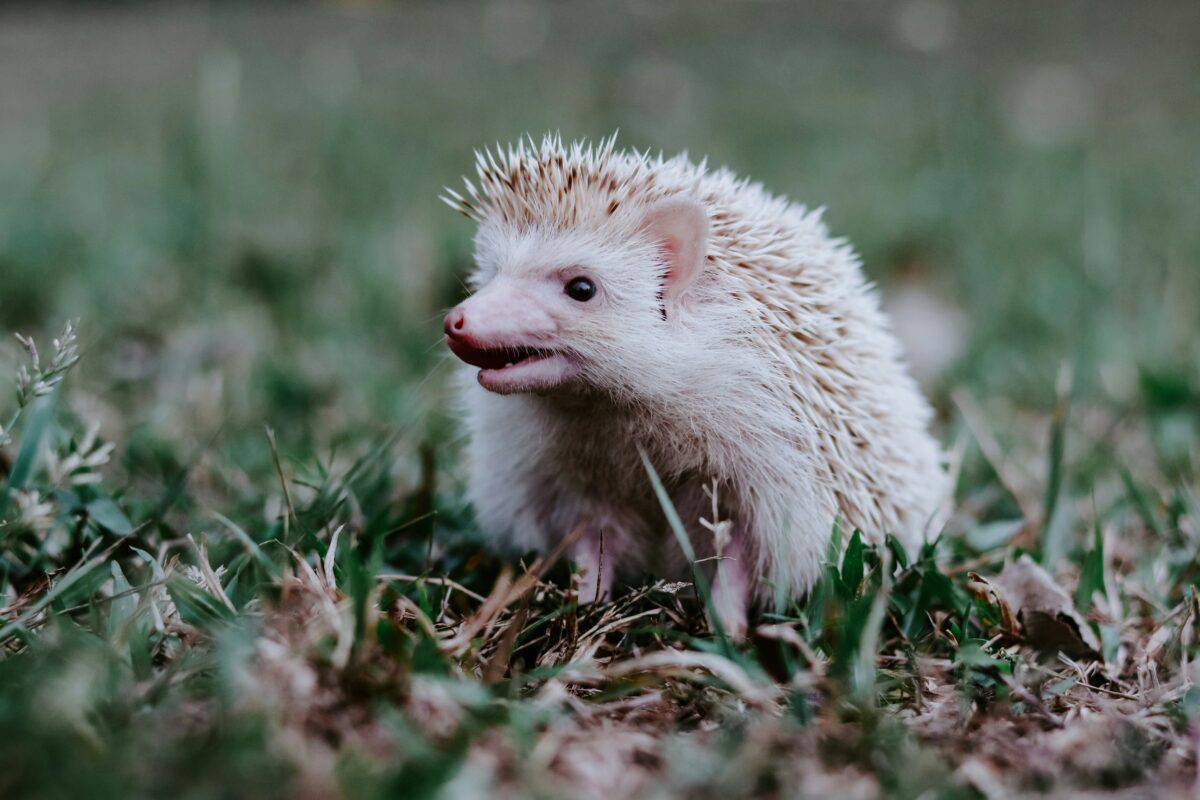
The hedgehog is a small, spiny mammal famous for its unique defense mechanism of rolling into a tight ball when threatened. They are primarily nocturnal creatures, enjoying a diet of insects, worms, and other invertebrates. Hedgehogs’ adaptability to various habitats, from woodlands to deserts, showcases their resilience. These adorable creatures have gained popularity as pets, albeit their care requires understanding of their night-time nature and dietary needs.
Hippopotamus
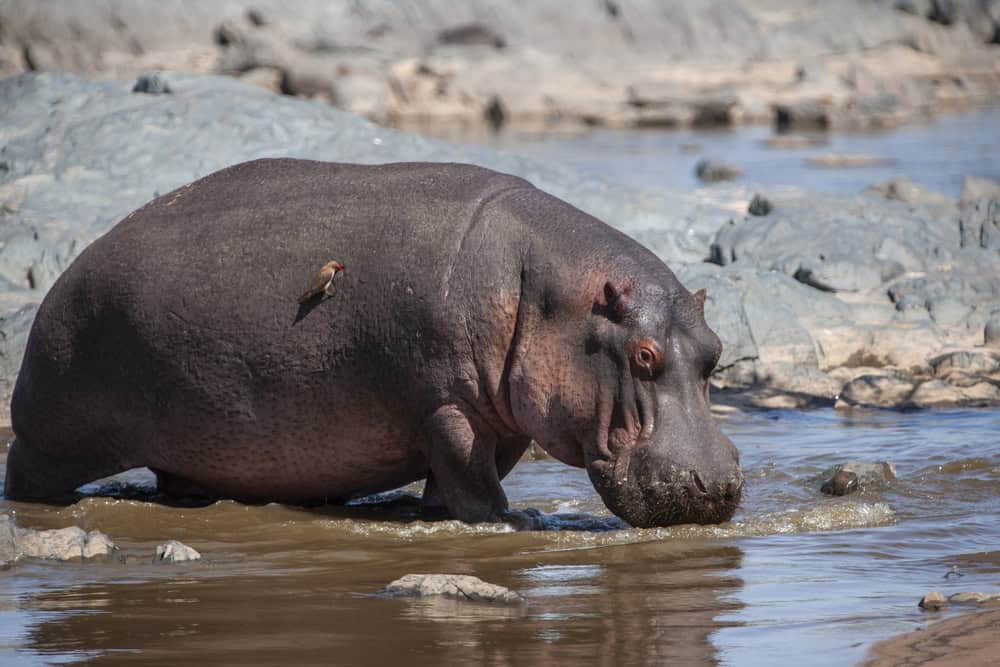
The hippopotamus, often simply called “hippo,” is one of Africa’s largest and most powerful herbivores. These semi-aquatic giants spend much of their time submerged in water to keep cool under the scorching sun. Despite their docile appearance, hippos are considered one of the most dangerous animals in Africa due to their territorial behavior and immense size, with males weighing up to 3,300 pounds. Their diet predominantly consists of grasses, consuming around 80 pounds each night.
Horse

Horses have long shared a close relationship with humans, serving as companions, work animals, and symbols of freedom and power. These majestic animals are known for their speed, grace, and intelligence. Domesticated for millennia, horses have been integral to human culture and development. They vary widely in size and breed, from the diminutive Shetland pony to the towering Shire horse, each with distinct characteristics tailored for specific roles like racing, work, or show.
Hyena

Hyenas are often misunderstood creatures, wrongly portrayed as mere scavengers. In fact, they are skilled hunters, with the spotted hyena known for its remarkable jaw strength, capable of crushing bones. Found predominantly in Africa, hyenas live in social groups known as clans. The hierarchical clan structure is matriarchal, with females leading the pack and boasting higher status than males. Their laughs, often heard echoing across the savanna at night, are actually a form of communication to signal different messages to the clan.
Harpy Eagle

The harpy eagle is one of the most powerful and visually striking raptors found in the rainforests of Central and South America. With a wingspan reaching up to 7 feet, this apex predator commands the canopy, preying on monkeys and sloths. Distinguished by its large, fierce talons, harpy eagles are an incredible sight to behold. Unfortunately, deforestation poses a severe threat to their habitat, placing them on the list of near-threatened species.
Hummingbird
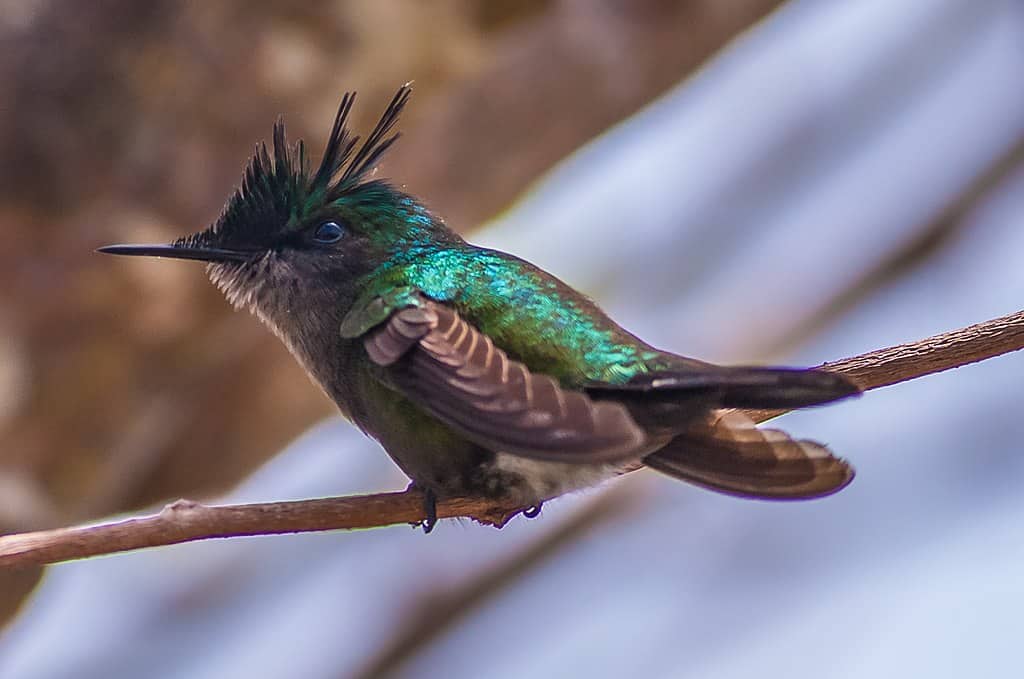
Hummingbirds are marvels of avian engineering, known for their iridescent feathers and incredible flight abilities. These tiny birds can flap their wings at an astonishing rate, allowing them to hover in place or maneuver in any direction. Found mainly in the Americas, hummingbirds are vital pollinators, drinking nectar from flowers using their specially adapted bills. Their high metabolism demands a constant intake of food, making gardens with diverse blooms a haven for these vibrant creatures.
Hammerhead Shark

The hammerhead shark stands out due to its distinctively shaped head, which resembles a hammer. This unique cephalofoil helps improve its hunting skills, providing a wider visual range to locate prey like fish and cephalopods. Inhabitants of warm oceanic waters, hammerhead sharks also have specialized sensory pits that detect electric fields emitted by potential prey. While some species are listed as endangered due to overfishing and habitat loss, these remarkable predators are crucial to marine ecosystems.
Hawk

Hawks are predatory birds renowned for their keen vision and fierce hunting prowess. With over 200 species across the globe, these birds occupy a variety of habitats ranging from dense forests to open plains. Hawks possess sharp talons and hooked beaks, perfectly designed for catching and consuming prey. They play an important role in controlling populations of rodents and other small animals. Hawks also have a special cultural significance, often symbolizing strength and freedom.
Heron

Herons are elegant wading birds found near water bodies such as rivers, lakes, and wetlands across the world. Characterized by their long legs and necks, herons expertly stalk the shallow waters, feeding on fish and crustaceans. The great blue heron is a common species in North America, recognized for its striking blue-gray plumage. Herons are highly adaptable, often building large, rookery nests in trees or reeds, demonstrating their versatility in various ecosystems.
Hare

Hares are swift, wild herbivores famous for their exceptional speed and agility. Unlike rabbits, hares are born with fur and their eyes open, ready to flee from predators almost immediately. They inhabit open terrains such as meadows and grasslands, living a solitary life except during mating seasons. Hares have long ears and powerful hind legs, enabling them to escape threats with impressive leaps and sprints. Despite their prevalence, some species are facing environmental threats that impact their survival.
Horseshoe Crab
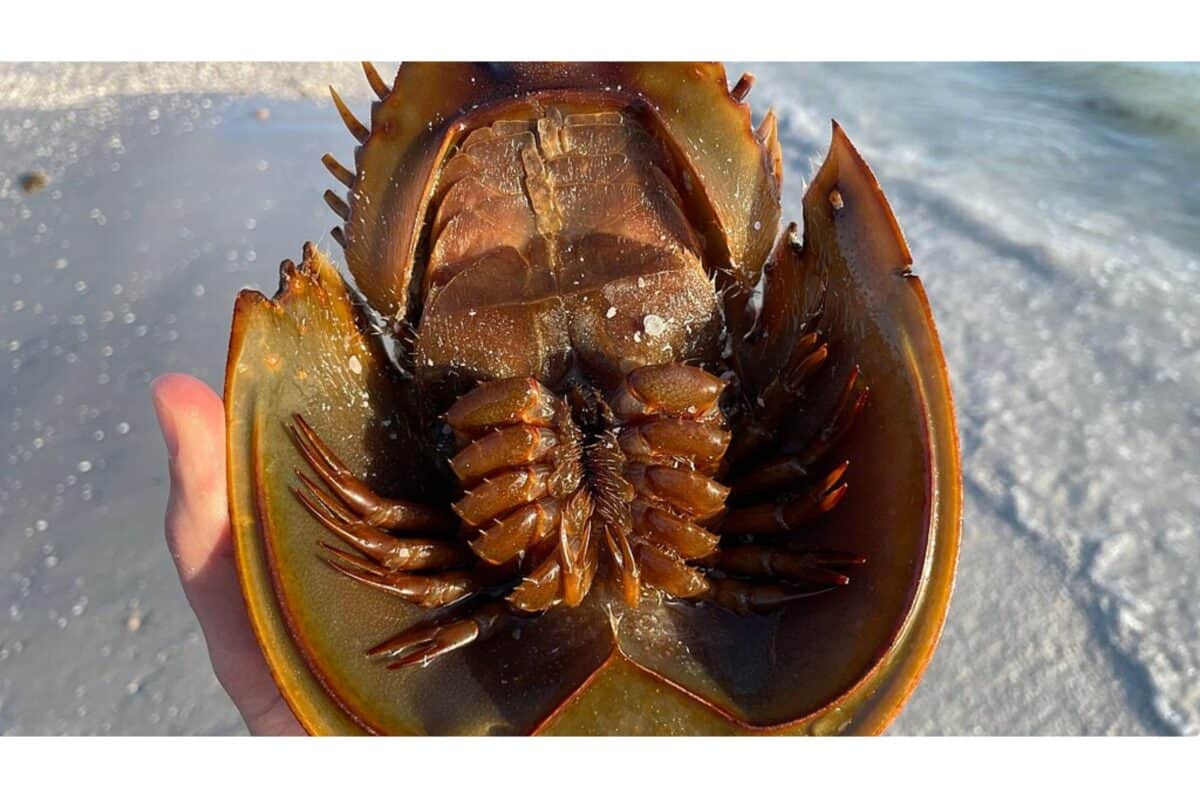
Horseshoe crabs are ancient marine arthropods often mistaken for crustaceans. With a lineage tracing back 450 million years, these intriguing creatures have survived several mass extinctions. Horseshoe crabs are known for their hard exoskeleton and tail spine (telson), which aids in steering and flipping themselves over. They play an essential ecological role, providing food for migratory birds and marine species. Additionally, their blue blood contains a substance used to ensure the safety of pharmaceuticals and medical devices.
Hoatzin
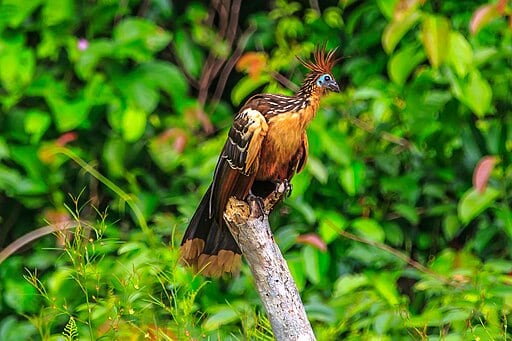
The hoatzin, also known as the “stink bird,” is a unique species native to the Amazon and Orinoco Basin. Noted for its unusual digestive system that ferments leaves like a cow’s to extract nutrients, the hoatzin exudes a distinctive odor. Remarkable for its colorful plumage and clawed finger-like appendages on chicks—which help them climb back to safety—the hoatzin holds a special evolutionary status among birds. Its distinctive behaviors and diet place it as a bird of intrigue among ornithologists and nature enthusiasts.
Humpback Whale

Humpback whales are renowned for their majestic acrobatics and melodic songs. Found in oceans worldwide, these gentle giants undertake lengthy migrations between feeding grounds in polar waters and breeding zones in tropical seas. Recognizable by their long pectoral fins and knobby heads, humpbacks are primarily filter feeders, consuming krill and small fish. Their complex songs, unique to different whale populations, serve as a form of communication during mating season, revealing the intricacies of these ocean-dwelling mammals.
Hamster

Hamsters are among the most popular small pets, beloved for their gentle nature and endearing behavior. Originally from the semi-arid regions of Europe and Asia, these nocturnal rodents are known for their cheek pouches, which they use to hoard food. Several species, including the Syrian and dwarf hamsters, thrive as household companions, given proper care. While they enjoy solitary living, hamsters require enrichment in their cages through tunnels and wheels to satisfy their instinctual need for exploration and exercise.
Hawk Moth

Hawk moths, sometimes called sphinx moths, boast an array of striking patterns and colors. These moths are significant pollinators, akin to their kin, the hummingbirds, in ground speed and hovering capabilities. The caterpillars of hawk moths, commonly referred to as hornworms, are known for their hook-like tails. Found in various habitats, from forests to gardens, these moths contribute significantly to pollination, thus supporting biodiversity and the health of ecosystems.
Conclusion

Our journey through the animal kingdom spotlighted some of the most captivating wildlife beginning with ‘H’. From the humble hedgehog to the mighty humpback whale, each creature demonstrates nature’s wonder and diversity. As we deepen our understanding of these animals, we become increasingly aware of the delicate ecosystems they inhabit and our role in their conservation. Appreciating and protecting such diversity ensures future generations can continue to marvel at the wonders of our natural world.
- 11 Signs a Rhino Is About to Charge - August 9, 2025
- 10 Common Chicken Behaviors and What They Mean - August 9, 2025
- 14 Creatures That Can Freeze and Thaw Back to Life - August 9, 2025

